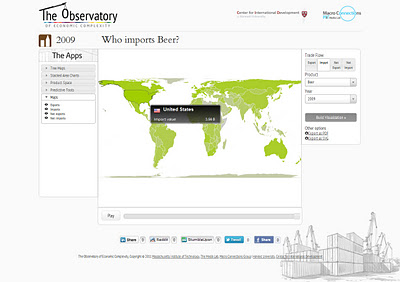As the Occupy Movement spread across the United States this fall, we here at Outside the Neatline documented some of the geospatially-related web content that was created in response to the protests. Recently, I came across an excellent geographic examination of the protests in a two part post on the Regional Geogblog entitled Geographies of Protest and Occupation: From Manama, Bahrain to Richmond, Virginia. The blog is maintained by Professor Donald Rallis from the Geography Department at the University of Mary Washington (my Alma mater!). In Part 1, Professor Rallis discusses the significance of occupation of a place as a form of protest in addition to the events of the Arab Spring in Bahrain while in Part 2 he focuses specifically on the Occupy Movement in the United States.
For Outside the Neatline's coverage of Occupy-related content, visit these posts:
- ESRI Develops Interactive Map of Occupy Wall Street
- An Update on ESRI's Occupy Wall Street Map
- Cravify Maps Occupy Wall Street Tweets
- Nationwide Protests Continue













